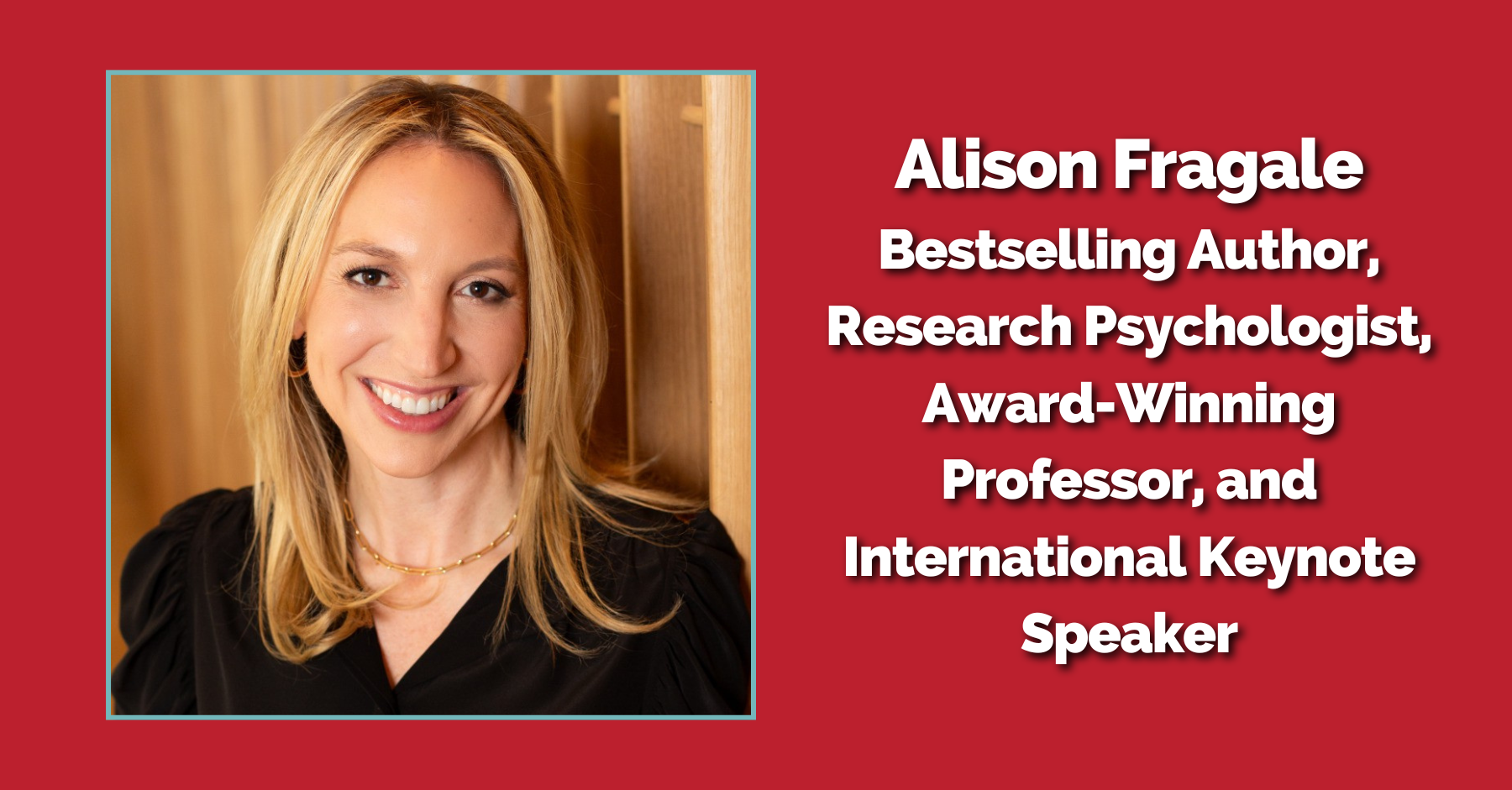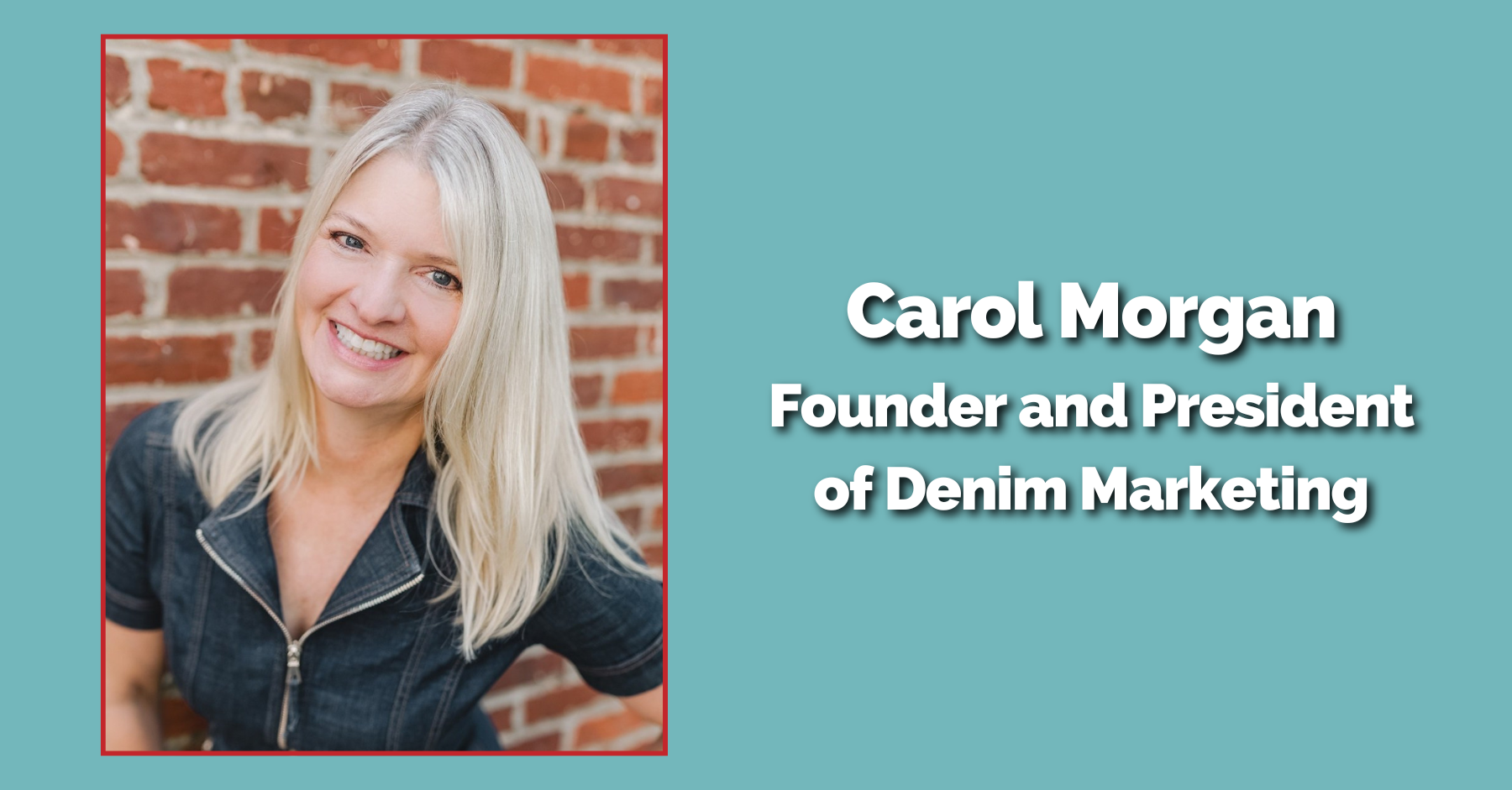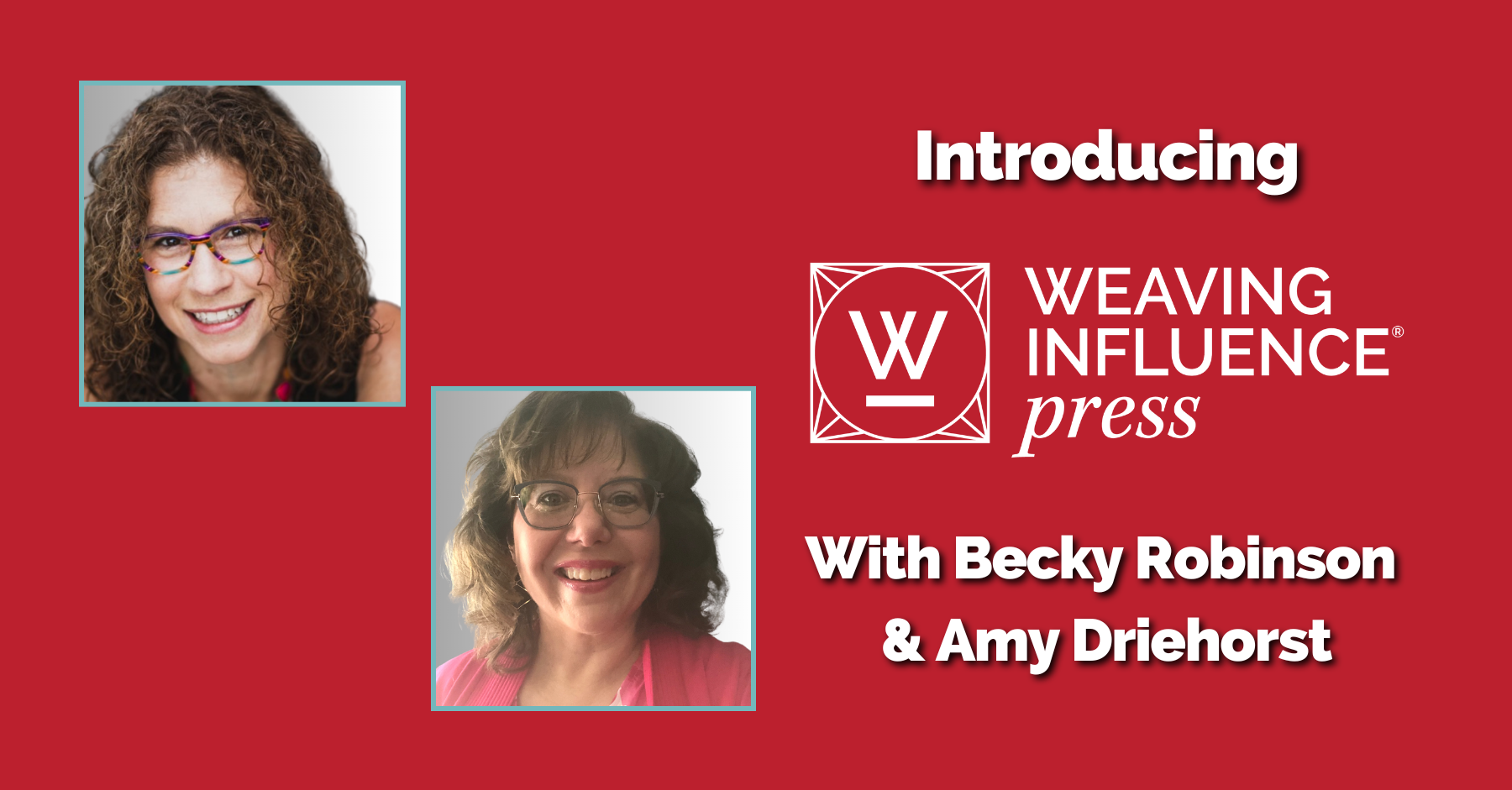Click here to listen on your device and subscribe!
Welcome to The Book Marketing Action Podcast with Becky Robinson and Christy Kirk. Our loose theme for our recent couple of episodes has been on the overarching topic of strategy. In addition to the podcast, Becky hosted a webinar about Crafting a Sustainable Marketing Strategy. One of the key ideas around crafting a marketing strategy is identifying your target audience. In this episode, Becky and Christy share how to identify your audience for your book.
When we ask clients who their book was written for, many times we get the same answer: everyone. We’re here to tell you your book is not for everyone, but there are some interested audiences who will LOVE your book—you just have to connect with them! So, how can you identify a target audience for your book?
The first thing you have to do is realize your book is not for everyone. Marketing is more successful if you can go after a very specific audience. Think back to when you were writing your book. Who were you envisioning reading your book? Who could benefit from your book on a granular level? If you having trouble identifying a target audience, you can get input from early readers if you share advanced copies of your book. You can also research your competitors to get an idea of their audience and who they’re targeting. The more granular you can be, the more successful you will be with your marketing.
Once you’ve done the hard work of identifying your target audience, it’s important to find out where they are on social media, so you can connect with them. Let’s talk about social media and where we might find target audiences:
- Facebook is primarily Gen X and Boomers. Millennials tend to use it as a professional outlet and to stay in touch with family and friends. Gen Z tends to only use Facebook if they have a specific purpose or for community. There really is an emphasis on community for Facebook. Men and women show up pretty equally on Facebook, but women tend to be more active.
- Twitter has become a fast and furious newsfeed. You’ll find Gen X and Boomers here, and Millennials and Gen Z. It’s about sharing information–not really a community builder as it was in the beginning. Men and women also show up equally here, but men tend to be more active. If you have a lot of information to share with the world, Twitter is great for that.
- LinkedIn is business-centric and a great place to be if you are a business or leadership thought leader. LinkedIn is a ideal place to share articles, blog posts, and commentary on other articles. It’s all about sharing information people use in a professional setting. The more you can do that, the more valuable your content will be. We’ve also seen from our clients that LinkedIn is the top social driver to their websites.
- Instagram skews younger. Many of our clients think business leaders aren’t here, but that’s not true, and it can be the most powerful platform for reaching younger people. We encourage authors to show up creatively here.
- TikTok and Snapchat— skew from Millennials to Gen Z. If you have brands that speak to very young people, these may be options, but we rarely recommend them to our clients.
You don’t have to show up on every social channel. Just like your book isn’t for everyone, you don’t have to be on every social platform. Be on the social platforms where your audience shows up and show up in a way you’re comfortable with. Pick one or two social channels you can show up strongly on, and go for it!
Now let’s talk a little about language, because it’s important to observe the language your audience uses so you can connect across generations, and really link your work with them. For example, we had a client who referred to her work as ‘savvy,’ but her audience keyed in on the word ‘confidence.’ They didn’t feel they were lacking savvy, they felt they were lacking confidence. She would have missed people if we hadn’t recognized what the pain point was for her audience and helped revise her language. This example shows the importance of knowing what your audience is talking about and how they talk about the subjects that you cover.
Action steps for today’s episode:
- Do research on your competitors. Check out your competitors, get input from others, and do some soul-searching to figure out who you are trying to reach.
- Find out where your audience is connecting on social media. Research where your audience ‘lives’ on social media, and dedicate time to showing up well on that platform. Pay careful attention to how your audience describes their pain points and aspirations, so you’re using the language they related to.




